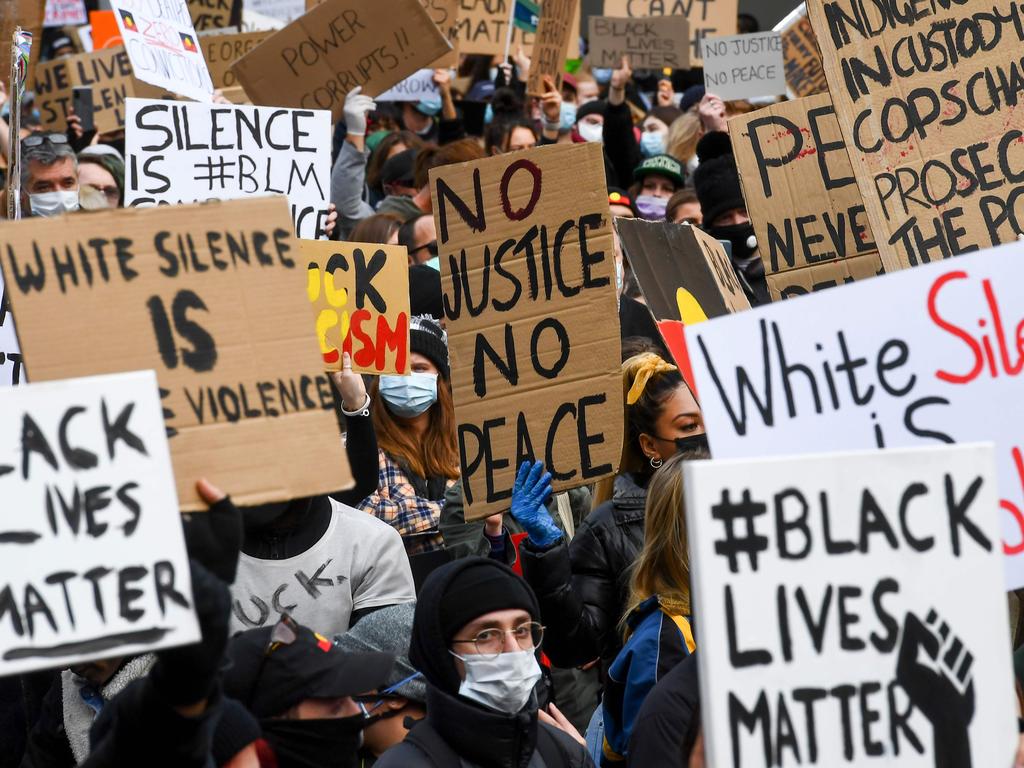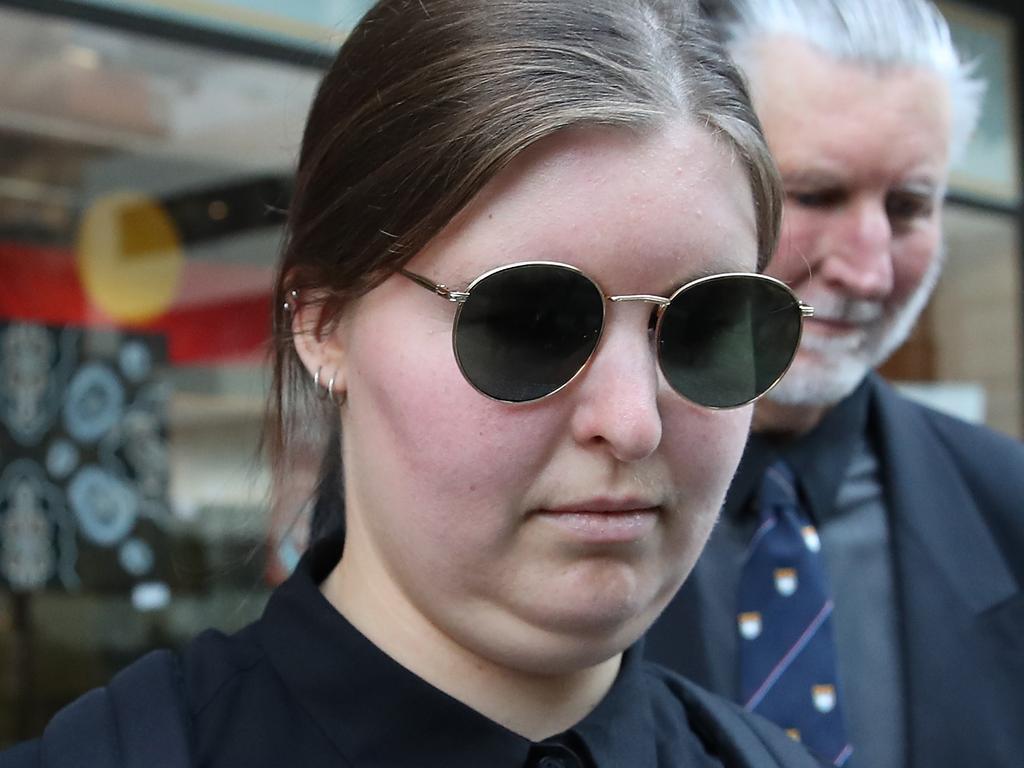
To remove a statue because it commemorates a slave trader is defensible. However, a movement that unilaterally decides to destroy property without the consent of the people is anti-democratic. In the US, Australia and Britain, activists marching under the BLM banner have taken it as their right to destroy property, tear down monuments, vandalise public works, smear opponents and in some cases, assault dissenters. They have violated the law and flouted the social distancing rules designed to prevent COVID-19 transmission. They have been granted privileges not afforded other citizens. But no matter how many special rights are offered, it is never enough.
Many activists indulge a sense of entitlement without demonstrating due regard for civic duty, including the responsibility to advance the democratic project by engaging in reasoned debate. Indeed, among some critical race theorists, rational debate – the basis of modern democracy – is relegated to the sin bin of “white culture”.
It might be excusable if the activists hellbent on destroying the past were capable of leaving something better in its wake. They believe the future is brighter for erasing the past. Evidence suggests otherwise.
After the statue of merchant and slave trader Edward Colston was toppled in Bristol, BLM activists celebrated the erection of a temporary monument to Jen Reid dressed in Black Panther chic. She had joined the BLM march where Colston’s statue was dragged down. British artist Marc Quinn was inspired by an image of her climbing on top of the forcibly vacated plinth and putting her fist in the air. The heroes of popular culture are adored for what they represent, not their contribution to humanity. They are the idols of a narcissistic age. To get some measure of the artistic standard, consider Quinn’s most well-known work; a cast of his head made from his own frozen blood. In the hands of politicised artists, the sublime harmony of human form is rendered grotesque. In an amusing turn of events, Quinn was later described as a modern day Colston for colonising the plinth instead of giving a Black artist the pleasure.


I did not mind seeing the Colston statue removed, but it should have been brought down by a popular vote not a minority movement. People arguing against the removal of such statues contend that we should not judge historical figures by contemporary standards. They point to Colston’s substantial philanthropy as a mitigating factor against his sustained support for the slave trade. It is not a defensible position. Colston oversaw the enslavement of thousands of men, women and children. He profited handsomely from the trade and had no need to invest further in it but continued to do so despite the obvious brutality involved.
The transatlantic slave trade was an atrocity. The depth of its depravity stands as a permanent warning to humanity against the devastation wrought by the sin of greed. An estimated 10-15 million Africans were sent across the Atlantic from 1525-1866. The conditions were shocking, and the horror was driven by the worship of money. The light at the end of the tunnel was the end of the trade and the people who chose to shut it down. They included many of the group that contemporary race activists like to denounce, namely white people of Christian faith. They were men and women who stood to gain from the continuation of slavery but set aside profit and power for moral good.

It is one thing to hold dead white men historically culpable for the transatlantic slave trade and argue against their veneration in the public square. It is quite another to use the distant past as a weapon of collective guilt against one ethnic group, especially when members of that group rose up to end slavery not only in the West but across the world.
The fuller history of slavery shows it arises from human nature, not race. Many ethnic and religious groups traded in slaves. The Arab slave trade lasted for centuries and its quarry included white people. Historian Robert Davis estimates more than a million Christian Europeans were enslaved in North African trade from the 16th century to the 18th century. It was notorious for the high percentage of girls and women trafficked into sexual slavery.
In more recent years, Islamic State sexually enslaved Christians and Yazidis. Girls as young as 10 were abused by the Islamist army. Slaves were sold at market. It was an institutionalised practice defended in IS literature by appeal to sharia law.
It would be absurd to hold all Muslims responsible for IS slavery, yet race activists hold white people responsible for a slave trade that ended centuries ago. If they really cared about the injustice of slavery, they might focus on the modern day trade. There are an estimated 40 million people suffering in slavery today. Common forms of the trade in human beings are forced marriage, sex slavery, child slavery and forced labour. The Global Slavery Index reveals that the countries with the highest number of slaves are India, China, Pakistan, North Korea, Nigeria, Iran, Indonesia, Democratic Republic of the Congo, Russia, and the Philippines.
Why does BLM focus on slavery that ended centuries ago rather than the 40 million strong slave trade today? Is it because much of the trade is concentrated in non-Western countries and arises from traditional cultural practices in India, the Middle East and Africa?
It is much easier to rage against dead white men than brave the might of modern slavery. If all the youthful energy spent on tearing down statues was directed towards the liberation of living slaves, the young would leave this world much better than they found it.








The idea of slavery is born of the darkest human impulse. It is a denial of inherent human dignity. It breeds grandiosity in the master while engendering subservience in the slave. Over generations, the enslaved come to believe they are born into degradation because they are slaves by nature. It is the very opposite of the modern Western belief derived from Christian scripture that we are all born equal with an inalienable human right to thrive. As such, many Westerners have a reflexive sympathy with groups that claim to work against slavery such as Black Lives Matter. But the empathy is not readily reciprocated.